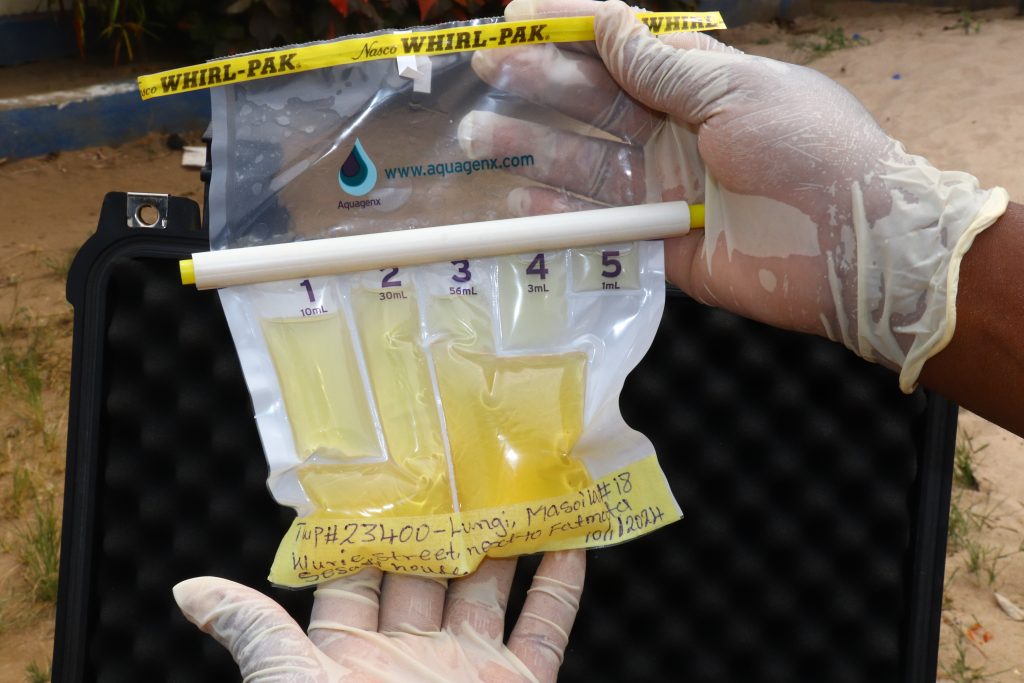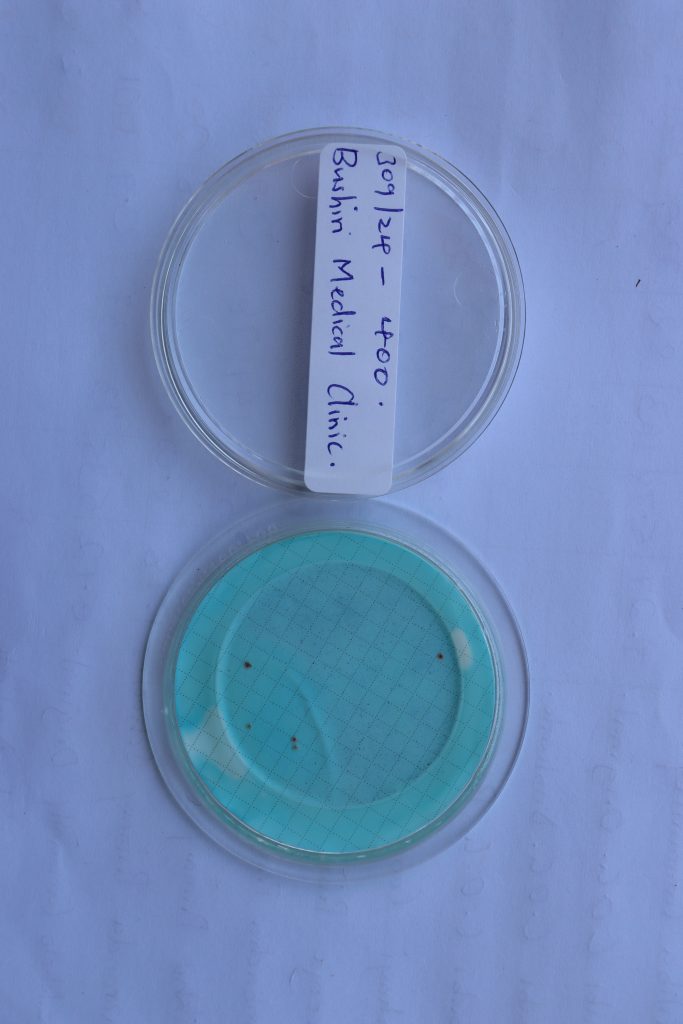What we learn together
World Water Monitoring Day: How and Why We Monitor Our Water Points
Today, we’re celebrating World Water Monitoring Day — a perfect opportunity to acknowledge all the hard work and planning that go into keeping our water points reliably providing safe water.
We currently maintain more than 2,500 water points throughout our service areas in Kenya, Sierra Leone, and Uganda, which requires a great deal of forethought and cooperation between many different people and teams.
Monitoring can be surprisingly challenging, especially in remote areas where access is difficult or during extreme weather conditions. But our dedicated team, equipped with local knowledge and technical expertise, ensures that every water point is assessed regularly, no matter the challenges. Whether by foot, motorbike, or vehicle, they make sure that no community is left behind.
What is monitoring and why is it important?
Monitoring is how we ensure our water points are safe and dependable: by calling to check in with water user committees, visiting water points to evaluate their functionality, and testing water quality for possible contamination.
These practices give the people we serve the confidence to use their water without fear, just as you and I drink from our faucets without thinking. Life is so much better without the constant worry of water-related illnesses. Therefore, our regular monitoring makes life so much better for the 900,000+ people who depend on us.
How do we monitor our water points?
We check on our water points once per quarter, with some checks more extensive than others. Some involve calling a member of the source’s water user committee to ask questions, while others involve in-person visits, inspections, and water quality sampling. In a few cases, we’ve also implemented technology to help us check on water points. For instance, we use Mobi-Water sensors to monitor the water levels in many of our Western Kenya rain tanks.
A water point can stop providing water for many reasons, and every year, we train our monitoring staff on potential issues to look for at each type of water point. For instance, at a borehole well, we’ll ask staff to look for cracks in the well pad, ground erosion around the well, a clean drainage channel, and more.

How do we involve the community in monitoring?
We involve community members in maintaining their own water points. This is easier to do if community members help with a project’s construction, as they are more emotionally invested in the source’s success.
However, maintaining a community presence is more difficult than many realize. Water user committee members vacate their positions for various reasons, and school and healthcare facility staff leave and are replaced with new administrations. But even if we can’t contact the same people about a water point year after year, our staff always finds a way to check on its status.
How do we test water quality for contaminants?
Another important part of monitoring is water quality testing. We maintain extensive water quality testing data going back to 2019, and basic data going back even further.
We collect water quality samples twice a year: once during the rainy season, and again during the dry season. Drawing samples during these different weather patterns is a known standard in our sector. Each season brings potential problems to a water point, and to its water quality.
The dry season poses challenges for obvious reasons — less water is available.
The rainy season brings a higher chance of fecal contamination because of storm runoff. During rainy periods, there are also more chances for interaction between surface water (water you can see or dig down to easily by hand) and groundwater (water stored beneath the ground in aquifers). The rainy season also mixes up water and potentially adds outside particles and pollutants, so we generally recommend filtering water during this time period.
In Sierra Leone and Southeast Kenya, we use specialized compartment bag tests (CBTs) that don’t require electricity for water quality testing because it would take too long for our collected water samples to reach a testing facility.

Our other service areas employ a petri dish testing method called membrane filtration, which might look familiar from science class.

These tests are incredibly important in ensuring that the water we provide the people we serve is safe to drink.
Conclusion
Monitoring is crucial to keeping the community members we serve safe. But it’s also about ensuring that every donor’s contribution continues to make a difference for years to come. By regularly checking on water points, we make sure these life-changing projects remain functional, reliable, and safe for the communities that rely on them.
To help us monitor our water points, please consider donating to our Water Promise. You can even become a monthly donor to know you’re spreading (and maintaining) clean water access in sub-Saharan Africa every day.
Home More Like ThisTweet